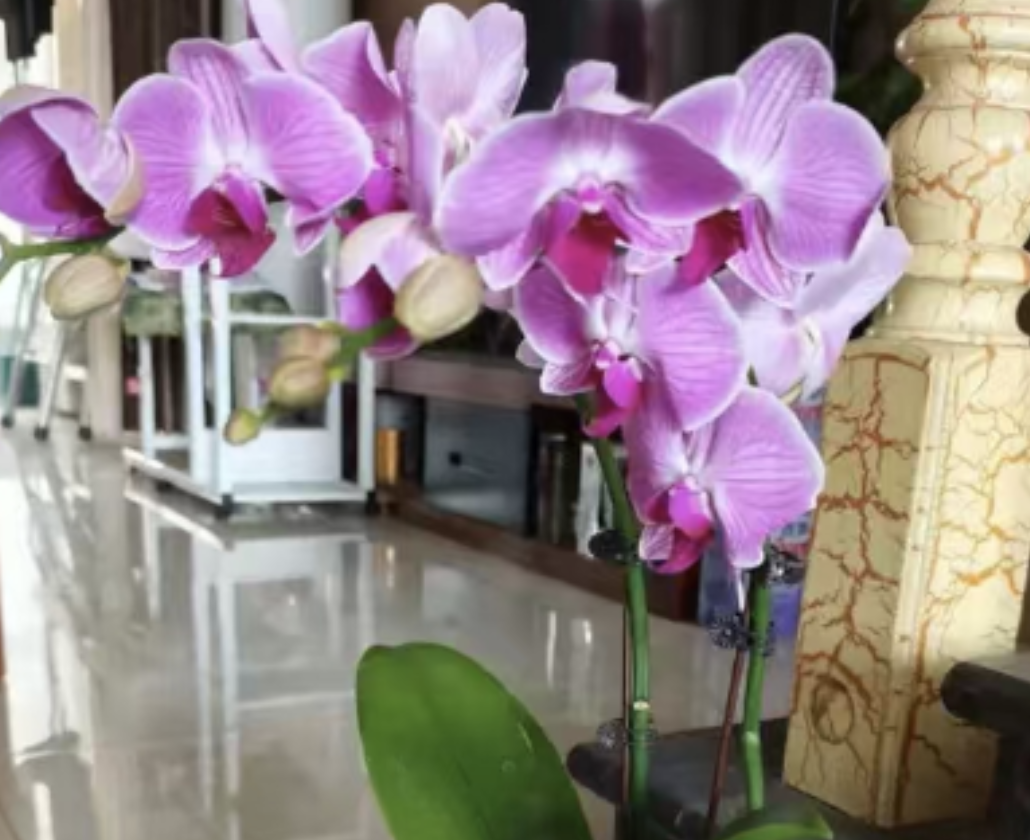In the world of gardening enthusiasts, both Dianthus gratianopolitanus and Dianthus chinensis are popular flower varieties. Each of them has its own unique charm and characteristics. However, for novice gardeners, they may be confused about which one is easier to grow and what the differences are between them.
Differences in Flowering Period and Flowers
Dianthus gratianopolitanus
Flowering Period: Dianthus gratianopolitanus is famous for its continuous blooming feature. Especially the Pink Shell variety can keep blooming throughout the year, adding a bright touch of pink to the garden.
Flowers: The flowers grow in clusters, with a diameter of about 20 - 30 millimeters. They are deep pink in color, have five petals with serrated edges and clear textures, possessing extremely high ornamental value.
Dianthus chinensis
Flowering Period: In contrast, the flowering period of Dianthus chinensis is relatively concentrated, mainly blooming in May and October. Although it doesn't last as long as Dianthus gratianopolitanus, its flowers are equally eye-catching.
Flowers: The flowers of Dianthus chinensis grow singly on the top of the plant. They come in various colors, including deep red, pink, white and multicolored ones. The flowers are relatively large and have an elegant shape.
Growth Height and Morphology
Dianthus gratianopolitanus
Growth Height: Dianthus gratianopolitanus grows low and orderly, generally not exceeding 15 centimeters. It has a creeping state close to the ground and is more resistant to trampling, making it suitable to be used as a ground cover plant or for edge decoration.
Morphology: The basal leaves grow in tufts like grass. Sheaths are formed at the junctions of the stems and leaves, and the diameter of the sheaths is wider than that of the stems. The overall morphology is compact and orderly.
Dianthus chinensis
Growth Height: Dianthus chinensis grows to a relatively higher height. When blooming, it can reach 30 - 50 centimeters. The stems are erect, and the leaves are linear-lanceolate, presenting an upright and elegant appearance.
Morphology: Almost the whole plant is hairless and has a pinkish-green color. The stems grow from the root collar in tufts, are erect and branched in the upper part, having strong ornamental and decorative properties.
Growth Habits and Maintenance Difficulty
Dianthus gratianopolitanus
Growth Habits: Dianthus gratianopolitanus prefers a cold environment and has relatively strong drought tolerance. However, compared with Dianthus chinensis, its daily maintenance requires more meticulous care, especially in terms of light and temperature control.
Maintenance Difficulty: It is advisable to choose fertile and loose sandy soil. A slightly acidic to neutral soil environment with a pH value between 5.5 and 7 is the most suitable. It needs at least 6 hours of direct sunlight every day, but appropriate shading is required in summer. The ideal growth temperature is between 15 °C and 25 °C. In summer, the temperature should not exceed 30 °C, and in winter, it needs to be kept warm to prevent frostbite. Watering should follow the principle of watering when the soil is dry and stopping when it's wet to avoid waterlogging. During the growth period, water it 2 - 3 times a week and fertilize it once a month. Increase the application of phosphorus and potassium fertilizers before the flowering period.
Dianthus chinensis
Growth Habits: Dianthus chinensis has excellent cold and drought tolerance. It can survive the winter in open areas at minus 35 °C. It is drought-tolerant but not heat-tolerant. It also has relatively high requirements for soil, preferring loose and breathable sandy soil and avoiding heavy clay soil and silt.
Maintenance Difficulty: Dianthus chinensis loves sunlight. During the growth periods in spring and autumn, it is best to keep it outdoors as much as possible to obtain sufficient sunlight and promote flower bud differentiation. It is suitable to grow in an environment with a temperature between 18 °C and 25 °C, and the temperature difference between day and night should not exceed 10 °C. Don't water it too much, just keep the soil moderately moist to avoid waterlogging that may cause the plant to soften and rot. Apply a thin fertilizer water every half a month during the growth period and reduce it to once a month in winter. There are various propagation methods, and cuttage propagation is commonly used.
Both Dianthus gratianopolitanus and Dianthus chinensis have their own merits. Which one is easier to grow mainly depends on personal preferences and maintenance conditions. Dianthus gratianopolitanus, with its continuous blooming, low and orderly morphology and meticulous maintenance requirements, is suitable for gardening enthusiasts who pursue an exquisite gardening experience. While Dianthus chinensis, with its cold and drought tolerance, vigorous growth and relatively simple maintenance methods, is more suitable for a gardening environment with extensive management. When making a choice, you can weigh according to your actual situation and maintenance experience. Believe that whether it is Dianthus gratianopolitanus or Dianthus chinensis, they can both add a unique landscape to your garden.
Which is easier to grow, Dianthus gratianopolitanus or Dianthus chinensis?

Share with
Tagged in :




Leave a Reply